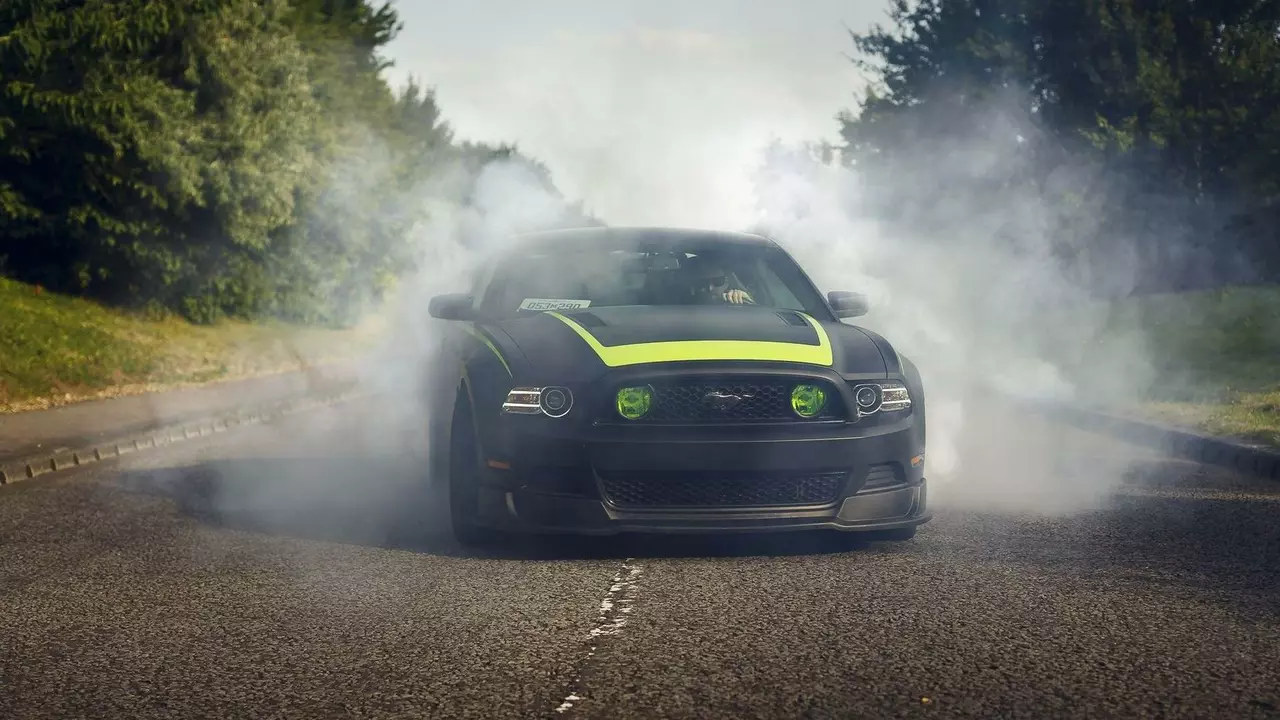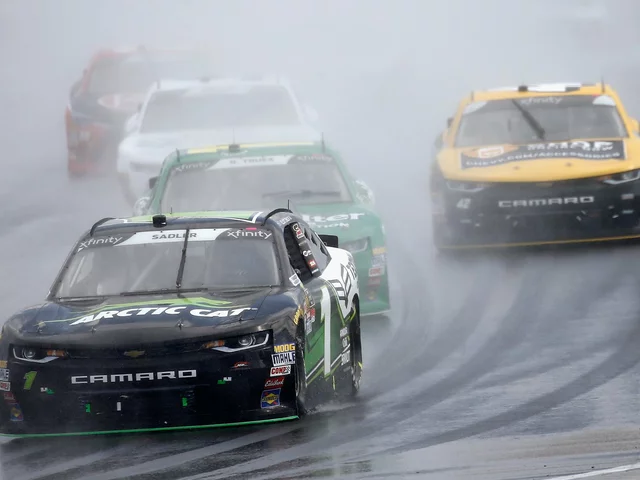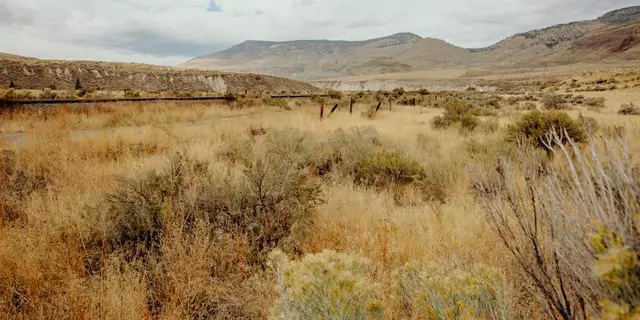Burnout Basics: Master the Smoke and Power in Motorsports
Ever wondered why racers spin their wheels and fill the air with smoke before a race? That’s a burnout – a quick way to heat up the tires, gain traction, and show off a little flair. It might look wild, but there’s a method behind the smoke. Below you’ll find easy steps, safety tips, and why burnouts matter on the track.
Why Do Drivers Do Burnouts?
First off, a burnout warms the rubber. Cold tires are slippery, and a hot tire sticks better to the road. When you spin the wheels fast, the friction creates heat, softening the tread and giving you grip for the next launch. In drag racing, a good burnout can shave tenths of a second off your time. In drifting, it helps break loose before you slide. So the smoke isn’t just for show – it’s a performance tool.
Step‑by‑Step Guide to a Safe Burnout
1. Pick the Right Spot – Choose a flat, clean surface away from pedestrians and traffic. A deserted parking lot or a closed track area works best. Make sure the ground is not too rough; you don’t want to damage the undercarriage.
2. Check Your Car – Make sure the clutch (or handbrake for automatic cars) is in good shape. Your tires should have enough tread but not be brand‑new; slightly worn rubber bites better. Turn off any traction control systems – they will stop the wheel spin instantly.
3. Position the Car – Put the car in first gear (or low gear for automatic). Press the brake with your left foot, keep the right foot on the accelerator, and hold the clutch down.
4. Spin the Wheels – While the brake is holding the car still, rev the engine to a high RPM and gently release the clutch. The rear wheels should spin while the car stays put. Adjust the throttle to keep the wheels turning without losing control.
5. Keep It Short – A good burnout lasts 5‑10 seconds. Too long and you’ll overheat the tires, risk a blowout, or waste fuel. When you’re done, release the brake, let the car move forward, and enjoy the extra grip.
Remember, practice makes perfect. Start with short spins, feel how the car reacts, and gradually increase the duration. If you’re at a track, ask an instructor for advice – they can point out specific quirks of your car.
Safety first: wear a seatbelt, keep a fire extinguisher nearby, and never try a burnout on public roads. Burnouts are fun, but they’re also loud and can damage the pavement. Respect local laws and only perform them where it’s allowed.
Want more motorsport tips? Check out our post on Do auto races take place in the rain? for weather‑related racing advice, or read Where is heat vital in motorsport racing and its countermeasure? to learn how temperature affects performance. Both will help you understand the bigger picture of car control and race day preparation.
Now that you know the basics, grab your keys, find a safe spot, and give those tires a good spin. The next time you hear that roar of smoke, you’ll know you did it the right way.
 29 July 2023
29 July 2023
What is the purpose of doing a burnout?
Alright, let's dive into the smoky, rubber-burning world of burnouts! We're not talking college finals fatigue here, but those heart-pounding, adrenaline-pumping, tire-scorching displays of vehicular bravado. So, why would anyone purposefully turn their precious tires into smoking remnants of their former selves? Well, it's not just about showing off or making a grand, smoke-filled exit from the local burger joint. Burnouts, my friends, are also a strategic move in drag racing, where heating up the tires increases their traction for a swift, initial launch. Now, who said burning rubber was just about the drama?





0